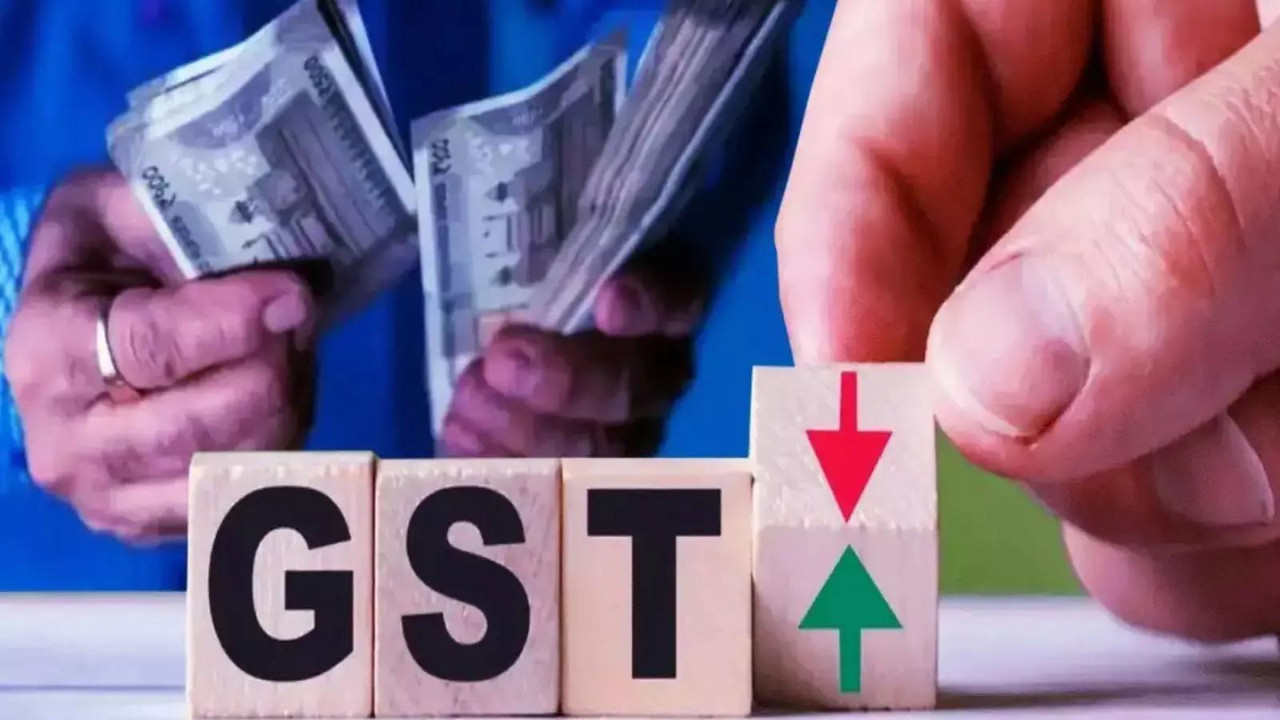US Treasury Secretary Scott Bessent criticized China’s rare earth export restrictions as a “mistake” that “weaponized” the vital minerals. Beijing’s move alerted the world to the danger, prompting global backlash and a one-year suspension of certain limits following a US-China summit. Washington has prepared countermeasures against future controls.
Is China Tightening Its Grip on Rare Earths? Why the World is Watching
But what’s really going on, and why should you care about a bunch of obscure elements with names like neodymium and dysprosium?
The Rare Earth Element Landscape: A Delicate Balance
Rare earth elements (REEs) are a group of 17 metallic elements that, despite their name, aren’t actually that rare in the Earth’s crust. The problem is, they’re rarely found in concentrated, economically viable deposits. For years, China has dominated the mining and processing of these crucial materials, controlling a significant portion of the global supply chain. This dominance has made the rest of the world, particularly the US and Europe, heavily reliant on a single source, creating a potential vulnerability. Think of it like getting all your eggs – or, in this case, your high-tech components – from one basket.

The strategic importance of REEs cannot be overstated. They’re essential for producing permanent magnets used in wind turbines and electric vehicle motors, crucial components in military technology like missile guidance systems, and indispensable in consumer electronics. Essentially, a world without easy access to rare earth elements is a world with fewer innovations and slower technological progress. That’s why discussions about the future of rare earth elements are so prevalent.
U.S. Concerns and the Response to Export Controls
Secretary Bessent’s strong words reflect a growing unease in the U.S. regarding China’s control over REEs. He emphasized the importance of a diversified and resilient supply chain, urging other nations to reduce their dependence on a single source. The newly imposed export controls are seen by some as a deliberate attempt by China to leverage its position and potentially exert political pressure.
The specific details of these controls aren’t always transparent, adding to the uncertainty. While China maintains that the regulations are aimed at protecting national security and ensuring sustainable development, many perceive them as a tactic to gain an advantage in the global technology race.
The US is not standing idly by. There’s a concerted effort to revitalize domestic mining and processing capabilities, as well as to collaborate with allies to develop alternative sources of REEs. Investment in research and development of alternative materials and recycling technologies is also gaining momentum. This proactive stance demonstrates a commitment to securing access to these vital resources and mitigating the risks associated with over-reliance on a single supplier. Diversification is key, and that means exploring new mining projects, improving processing techniques, and fostering international partnerships. You can explore more about our commitments to resource security on our [policy initiatives page](/policy-initiatives).
Beyond Geopolitics: The Environmental Impact
The debate surrounding rare earth elements isn’t just about geopolitics and economics. The environmental impact of mining and processing these materials is significant. Traditional methods can involve environmentally damaging practices, including the use of harmful chemicals and the generation of toxic waste. Sustainable and responsible extraction and processing are therefore paramount. Companies and governments are increasingly focused on developing and implementing cleaner technologies and adhering to stricter environmental standards. Finding a balance between securing access to these vital resources and minimizing the environmental footprint is a challenge that requires collaboration, innovation, and a long-term perspective.
What the Future Holds for Rare Earths
The situation surrounding rare earth elements is dynamic and complex. China’s policies, coupled with the global push for green technologies, are reshaping the landscape. Whether the export controls represent a long-term strategy to consolidate control or a temporary measure remains to be seen. What is clear is that the world is waking up to the importance of diversified and sustainable supply chains. The race is on to find alternative sources, develop innovative technologies, and reduce reliance on a single dominant player. It’s a race that will have profound implications for the future of technology, geopolitics, and the environment.
Ultimately, the future of REEs will depend on international cooperation, technological innovation, and a commitment to sustainable practices. As the demand for these crucial elements continues to grow, finding a balanced and responsible approach is more critical than ever.







